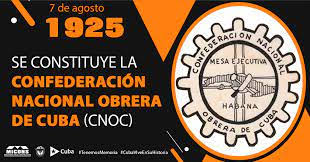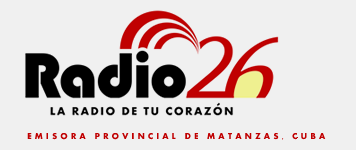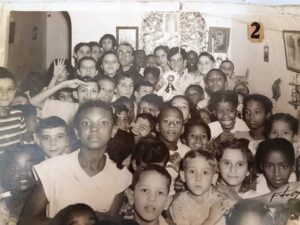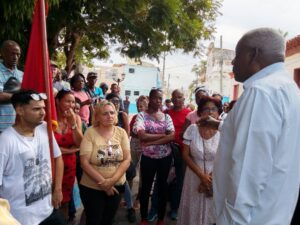CNOC: a reference for the Cuban trade union movement.

The year 1925 marked a milestone in the history of our labor movement when on August 7th, under the leadership of important figures among which Alfredo López Arencibia stood out, the Cuban National Workers Confederation (CNOC) emerged.

The year 1925 marked a milestone in the history of our workers’ movement when on August 7th, under the leadership of important figures among which Alfredo Lopez Arencibia stood out, the National Workers’ Confederation of Cuba emerged, which became the spokesman of the Antillean working masses at a time of intense class struggle and labor exploitation.
The also founder and leader of the Workers Federation of Havana attempted the creation of the aforementioned structure in the Second National Workers Congress held in the Pearl of the South in early February of the same year and that, when it materialized, grouped together anarcho-syndicalists, socialists, reformists and communists and, precisely, had in the first Communist Party that Mella and Baliño founded several days later, one of its most unconditional and fruitful allies.
Directed towards the improvement of the economic and social conditions of the working class and to confront the tyrannical regime of Gerardo Machado, the organization led notorious popular mobilizations among which stand out the historic strike that in August 1933 put an end to the Machado regime and the one that in March 1935 was brutally repressed by the Batista-Caffery-Mendieta government and led to the illegalization of the insurgent structure and the persecution of its leaders.
Despite the challenges, the Confederation continued to operate clandestinely, reaching its IV Plenary Session in July 1935, where the internal functioning, the condemnation of the general elections announced by the regime of Carlos Mendieta and the establishment of the single and popular anti-imperialist fronts, in addition to trade union unity, were the main topics. Likewise, on August 10th the organization showed its solidarity with Ethiopia and China, as well as its support to the Soviet Union.
Likewise, under the premise of unifying the trade union movement, its major precursors converged in the Second Latin American Workers Congress, which took place in 1938 in Mexico, and which led to the Constituent Congress of the Confederation of Workers in our country, with about 1500 delegates participating and where the popular leader Lázaro Peña assumed as general secretary.
The first proletarian central of the Island was dissolved between January the 23rd and 28th, 1939, when the Confederation of Workers of Cuba was constituted in its place, which, in turn, originated the current Central de Trabajadores de Cuba, home of all the unions of the country and heir of the combative spirit and industriousness of its predecessors, always watching over the interests of the Antillean society and the full compliance of the rights of those who proudly integrate its ranks.
Written by Yadiel Barbón Salgado.




